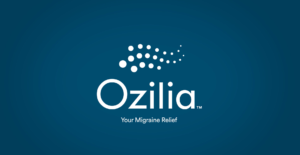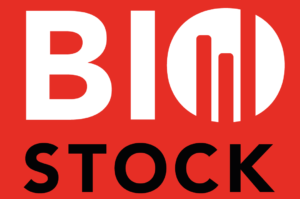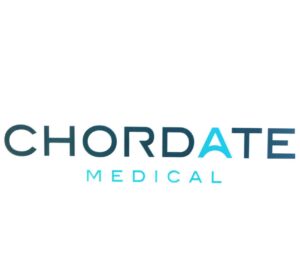Chordate Medical Holding AB (publ.) (“Chordate” or “the Company”) (Nasdaq First North Stockholm: CMH) would like to inform the market that the primary results from the migraine study PM007 – Kinetic Oscillation Stimulation for the treatment of chronic migraine – a subgroup analysis of a randomized controlled clinical trial – have now been published in the form of an abstract on the American Headache Society’s (AHS) website. The results confirm the abstract with subgroup results from the German part of PM007 presented at the Migraine Trust International Symposium 2022 London in September last year. The final results do not differ significantly from the results already reported from the subgroup analysis.
– The fact that AHS invites the researchers in the study to present the study results in a lecture format confirms the importance of the study results, which show that K.O.S has a significant clear effect for the preventive treatment of chronic migraine. We see the customary publication of the abstract as very positive because it will contribute to the knowledge about the treatment method spreading faster both in the USA and the rest of the world. As a sponsor of a study, we have no influence over, nor control of, such occurrence, says Anders Weilandt, CEO of Chordate.
The abstract reports the analysis of a selection of primary endpoints from all 132 patients in the study, where the 67 patients who received active K.O.S treatment showed a significant reduction in the number of monthly headache days (MHD) with moderate to severe intensity from baseline, compared to the 65 patients who received the sham treatment. The difference demonstrated by the least squares means (LSQ) in ANCOVA analysis between the 4-week baseline period and treatment week 3-6 was -2.23 MHD (CI95% =[-3.95; -0.51], p=0.0132). The results from the 4-week follow-up period – after completing six weeks of stimulation – showed a reduction of LSQ by -2.68 MHD (CI95% =[-4.32; -1.04], p=0.0014), thereby showing a sustained improvement during this observation period. The treatment was well-tolerated with no severe adverse events.
The authors conclude that: ” The findings of the randomized, sham-controlled clinical trial show that intranasal K.O.S is an effective and safe option for the preventive treatment of chronic migraine. The non-pharmacological nature of the treatment option positions K.O.S as a valuable addition to the current therapeutic portfolio for the management of chronic migraine as beyond having a solid and sustained treatment effect, it stands out from other preventive treatments by its favourable side effect profile.”
Chordate informed about the subgroup results from the clinical study PM007 in September 2022.
Agenda and more information about the AHS annual scientific meeting.
AHS is an American professional society of researchers and physicians dedicated to the study and treatment of headache and facial pain. The Society’s goal is to promote the exchange of information and ideas about the causes and treatment of headache and related painful disorders. AHS’s activities include a scientific annual meeting, a comprehensive headache symposium, regional symposia for neurologists and family physicians, publication of the journal Headache, and sponsorship of the American Migraine Foundation.
About PM007
The randomized, sham/placebo-controlled, double-blind multicenter study was conducted at five neurological clinics in Germany and four in Finland. The study included 132 patients and was designed to evaluate the effectiveness and safety of K.O.S treatment, with the primary efficacy endpoint being to detect the average change from baseline (4-week screening period, 4-week follow-up period) of monthly headache days with moderate to severe intensity, after weekly treatments for six weeks. Fifty percent of the patients received active K.O.S treatment from the study equipment S211, while the other half of the patients received a validated sham/placebo treatment from the same equipment. The study included patients with the diagnosis of chronic migraine (15 days/month with headache, of which >8 days with migraine) and was completed in early August 2022.




